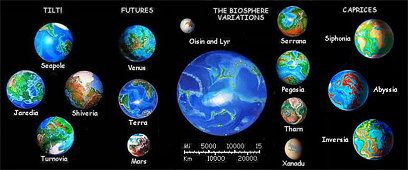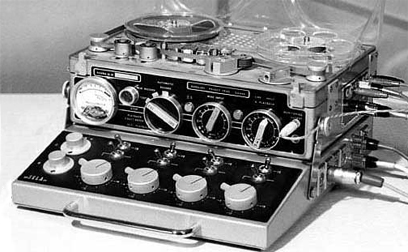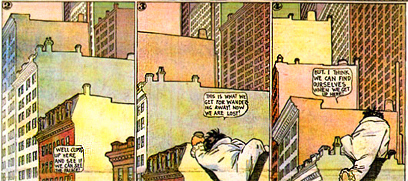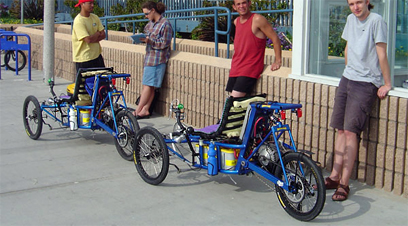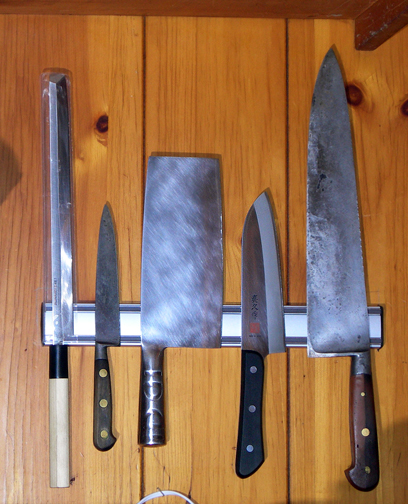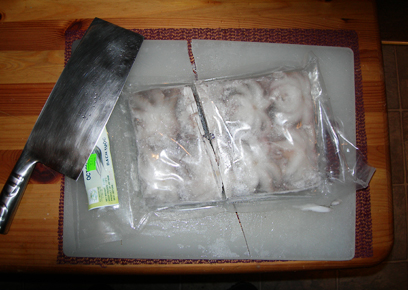
At Dreamation, I got to run two games of Shock: Social Science Fiction. In the first, the Shock was “Post-Scarcity”. It was a good game, but overbooked. I wound up sitting out and trying out an improvised “audience” role. It worked just fine. I wish there’d been four Protags instead of five with someone else playing the audience, but live and learn. In any event, it was enjoyable, but eclipsed by the second game on Saturday night, Canny Row.
But that was far from all. Here are the bands I got to play with:
Friday
- Mechaton with Ben Lehman. He’d finally gotten his mecha after they’d been lost in the mail on their way to him in China for months. He won. I made a bad strategic decision followed by a bad tactical decision and he didn’t make any bad decisions. That’s how that game works.
- Shock: with Matt, Jeff (a Son of Kryos), Luke Crane, Shane, and Phredd. Post-Scarcity highlighted issues of Unemployment, Deception, Duty, and Love. It featured rival economists (one of whom was an AI modeled on Yogi Bear), a nanobiologist trying to cure a disease brought about by the ubiquitous nanotech in the wold, and a universal personal integrity rating system being hacked for social currency by a broker and a rogue nanobiologist. The integrity network wound up playing heavily in the story, with the irony being that the highest integrity seemed to be gained by those with the least scruples, and the earnest losing their integrity as they fought it.
- carry, a game about war. This was played by me, Nathan Paoletta, Dave Cleaver, and Adam Dray. I’ll write more up about this later. The game’s about soldiers in Viet Nam and was pretty explicit.
Saturday
- Burning Wheel with a pile of people, plus several other peoples’ worth of Luke Crane. This game sure does what it does. I’m pretty certain that this game’s not for me. If you want a traditional-looking fantasy game with lots of gnarly character stuff, where tactical thinking and dramatic conflict are both significant, though, this is one rockin’ game. It featured lots of lying characters and bigotry. Good stuff.
- Shock: Canny Row. See below.
- Verge. This was a very productive playtest with designer Adam Dray, Ben Lehman, Dave Cleaver, John (sorry, man, I don’t remember your last name), and me. The game uses a focused brainstorming process, the product of which is a game board on which you play the story. Weight is given to players whose ideas are best liked, which is important for a Science Fiction game. By the end, we’d eliminated the need for a GM, realizing that Adam was playing a part like anyone else. I eagerly anticipate its completion. I’ll be very happy to play this with my friends. This game started while Dave, Ben and I were coming down from Canny Row and we very excitedly leapt into another SF story. We stopped play around 4 AM. Ben and I talked about it until 5. Then we passed out cold.
Preview of Shock: Canny Row
Issues:
- Immigration
- Xenophobia
- 2nd Class Citizenship
Shock:
The players were, from my left:
- Dan Ravipinto (Who was nice enough to record the session)
- Dave Cleaver (for whom I ran a Shock: demo via chat over at Story Games a few months ago and also played Carry with me a few hours before)
- Ben Lehman (who wrote Who Art in Heaven, the fiction in Shock:)
- Me (who wrote the game and was kind of sleepy)
I’ll have a full Actual Play up as soon as I can. That report will sell games. It was such a good time. We made a really good story about ethnic divisions on Europa and just how poorly people can get along. Plus, sex!
Dan recorded the whole thing. I look forward to listening soon! Dan, if you’re reading this, please contact me. You’ve got my card.At the end, we started speculating about a sequel. I think that’s how I’m going to consider “campaign” games from now on: distinct stories in series. We really wanted to check in a century later, around 24oo CE. If we’re together again, I’d really like to tell that story. Maybe we can arrange things that way?
The whole con was great for the indies. We were tremendously overbooked (I had twice the signups that I had space for. It’s a good thing people were sleepy by Saturday night and only three people showed for my three slots). Vinnie, one of the organizers of the con, said that we were the majority draw for RPGs this year as a group. He encouraged us strongly to spread the passion over to Dexcon, in July. We’ll have to see if we can do that.
